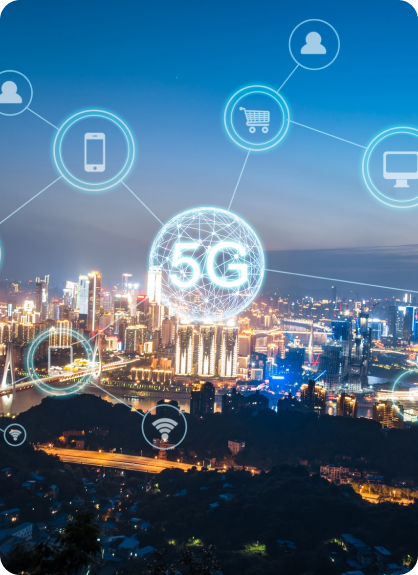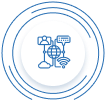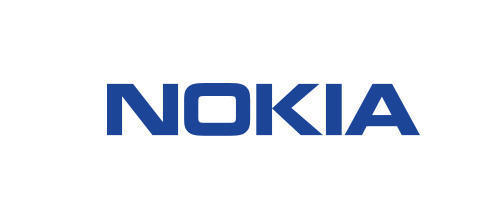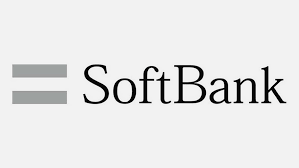Why Invest in Telecom
-
Second-largest telecom market
A population of over 1.4 Bn people and a rapidly increasing internet penetration rate, the demand for telecom services is bound to increase
-
Growth
Sector's growth is closely linked with the country's thriving and expanding digital economy
-
Technological Advancements
Substantial advancements, including the fastest rollout of 5G networks
-
Investor-friendly Policies
Schemes like 100% FDI allowed under the automatic route, PLI for Telecom and Networking equipment, reduced license fees, and spectrum liberalization
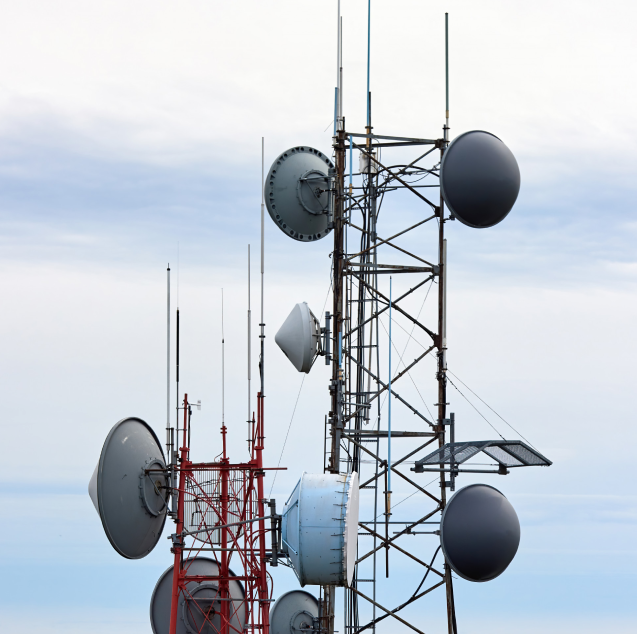
Incentives & Schemes
-
Guidelines for Production Linked Incentive (PLI) scheme for Promoting Telecom & Networking Products manufacturing in India
-
National Broadband Mission 2.0 (2025-30)
-
PM-WANI
-
Telecom Technology Development Fund (TTDF)
-
Digital Communication Innovation Square (DCIS)
